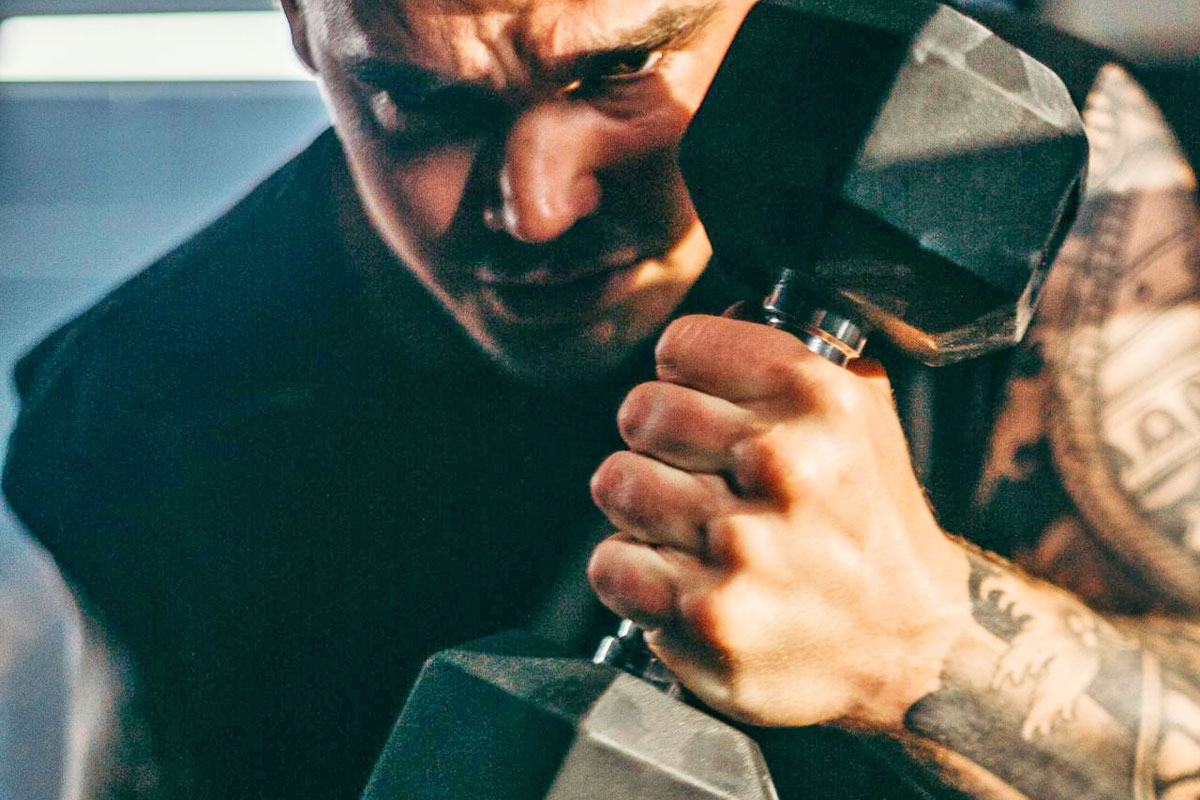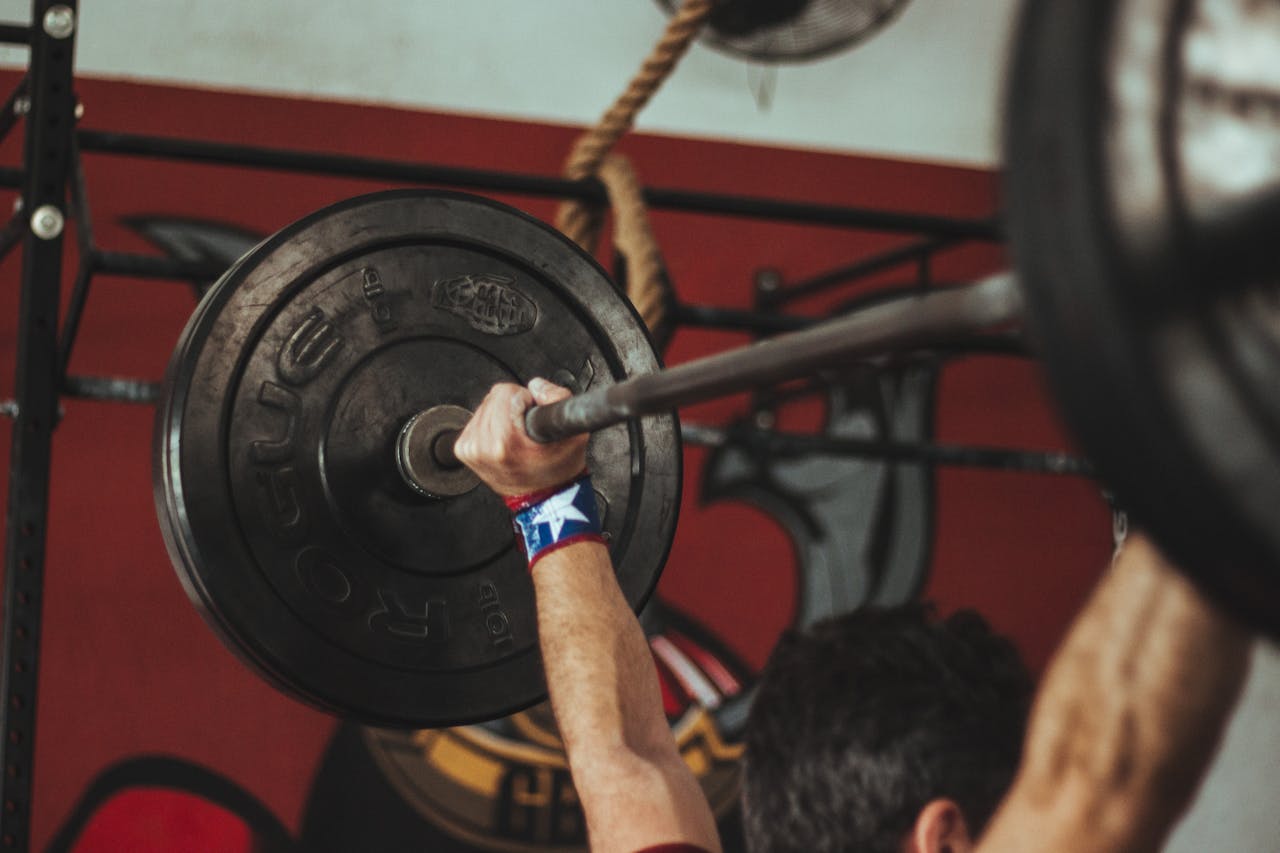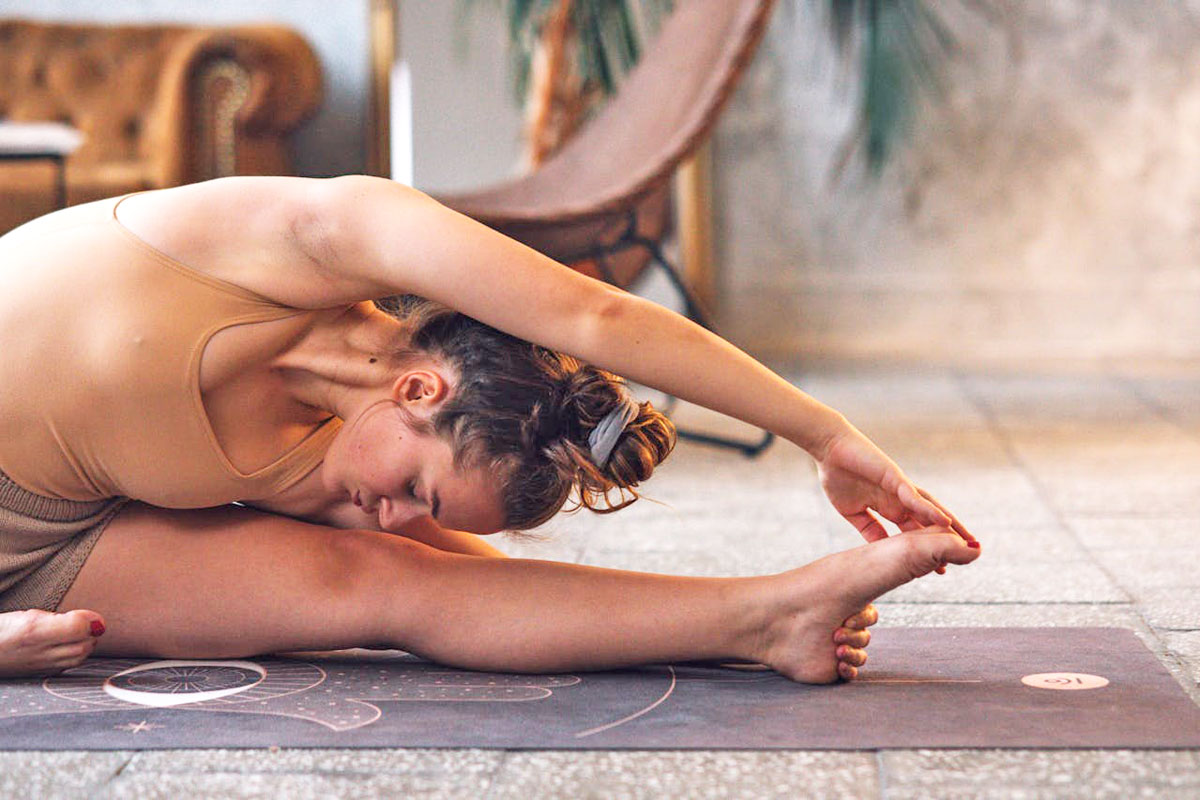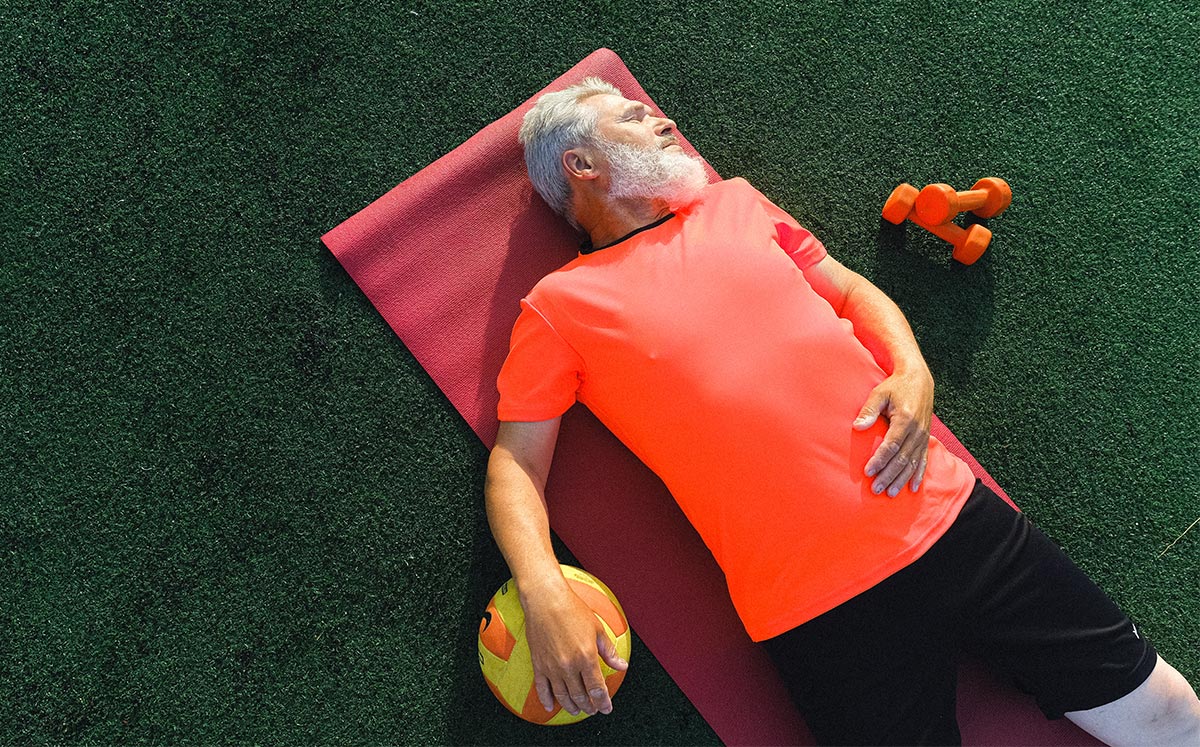Why Grip Strength Matters
Grip strength isn't just about holding heavy objects; it’s the foundation of many compound lifts. If your hands can’t hold on, your deadlift, pull-up, or even grocery-carrying ambitions are doomed. Think of grip strength as the gateway to maximizing your potential. Without it, you’ll find yourself limited, frustrated, and possibly reliant on lifting straps—a crutch that only hides the problem without fixing it. Remember, you’re only as strong as your weakest link, and if that link is your grip, it’s time to take action.
The Principles of Grip Training
Grip training isn't complicated, but it does require discipline. Like all training, it revolves around three core principles: progressive overload, adequate rest, and good form. These basics apply whether you’re deadlifting 500 pounds or squeezing stress balls during a dull meeting. The trick is consistency. Grip training may not seem glamorous, but the benefits extend far beyond the gym. Improved grip strength means better functional strength, from opening stubborn jars to carrying heavy luggage with ease.
Types of Grip Strength
Grip strength is multifaceted, involving crushing, static, pinch, wrist, and finger grip. Each type plays a role in different movements and tasks, making comprehensive grip training essential. Crushing grip, for instance, relates to your ability to squeeze forcefully, while static grip tests how long you can sustain pressure. Pinch grip focuses on thumb strength, often overlooked but vital for functional tasks. Wrist and finger strength ensure stability and dexterity, rounding out the full spectrum of grip capabilities.
Integrating Grip Training into Your Routine
There are two main ways to train your grip: dedicating a separate session to it or incorporating grip exercises into your regular workouts. The latter approach is more practical for most people, as it allows you to train multiple aspects of grip strength throughout the week. For instance, you can include crushing grip exercises after a chest workout and static grip holds following a back session. This way, grip training becomes an organic part of your routine rather than an afterthought.
Crushing Grip: The Foundation of Strength
Crushing grip is best trained with grippers. These handheld devices challenge your ability to close them with maximum force. Start with a warm-up gripper before progressing to a heavier one for your working sets. Aim for 4 sets of 4 reps with full effort, ensuring proper rest between sets to maintain performance. Crushing grip training directly translates to improved performance in deadlifts, bench presses, and everyday tasks like carrying groceries or shaking hands like a pro.
Static Grip: Hold Your Ground
Static grip exercises, like holding a loaded barbell or dumbbells, test your endurance under load. Simply grab the weights, let them hang by your sides, and hold on for as long as possible. These exercises are excellent for developing forearm endurance, crucial for heavy lifts and real-life scenarios like moving furniture or carrying suitcases. Perform 3-4 holds of 30-60 seconds with adequate rest to maximize results.
Pinch Grip: Strengthening the Thumb
Pinch grip exercises involve holding weight plates by their edges, challenging your thumb and fingertips. This type of grip is particularly functional, as it mimics tasks like opening jars or handling awkwardly shaped objects. Start with one plate and progress to multiple plates as your strength improves. Aim for 3-4 holds of 20-60 seconds, focusing on maintaining control and proper technique throughout.
Wrist and Finger Strength: The Stabilizers
Strong wrists and fingers are essential for stabilizing heavy loads and preventing injuries. Wrist curls, performed with a barbell or dumbbells, strengthen the muscles responsible for wrist stability. Finger strength can be trained with hanging exercises, using your fingers as hooks on a pull-up bar or similar equipment. These movements improve not only gym performance but also everyday tasks like typing, playing instruments, or climbing.
Progression: The Key to Growth
Like any other aspect of training, grip strength requires progressive overload. This could mean increasing resistance, extending hold times, or introducing advanced variations like thicker bars or weighted grips. The goal is to continuously challenge your muscles, ensuring steady improvement over time. Keep track of your progress and adjust your training variables to avoid plateaus.
The Real-Life Benefits of Grip Training
Grip strength extends far beyond the gym. It’s the unsung hero of functional fitness, aiding in tasks like opening jars, carrying heavy bags, or even confidently shaking hands in professional settings. Studies also link grip strength to overall health, with stronger grips correlating to reduced risk of cardiovascular issues and improved longevity. In essence, investing in grip training is investing in your quality of life.
Grip training may not be glamorous, but it’s undeniably impactful. By incorporating dedicated exercises for crushing, static, pinch, wrist, and finger grip into your routine, you can unlock new levels of strength and functionality. Whether you’re aiming for a personal best in the gym or simply want to improve your day-to-day tasks, stronger hands make a stronger you. So, ditch the excuses, embrace the challenge, and get a grip—literally!













